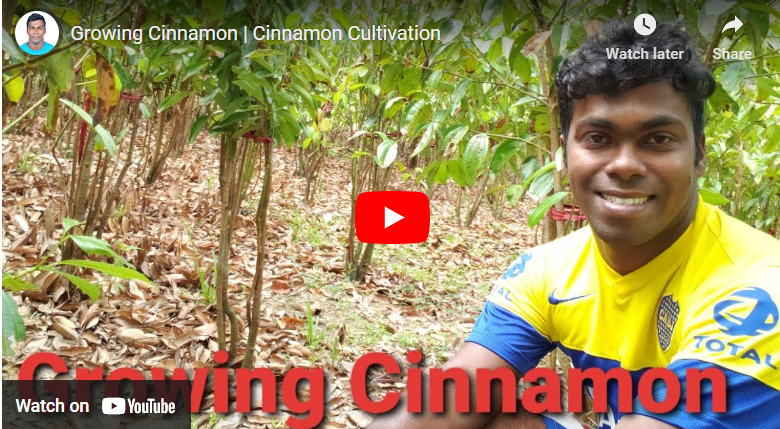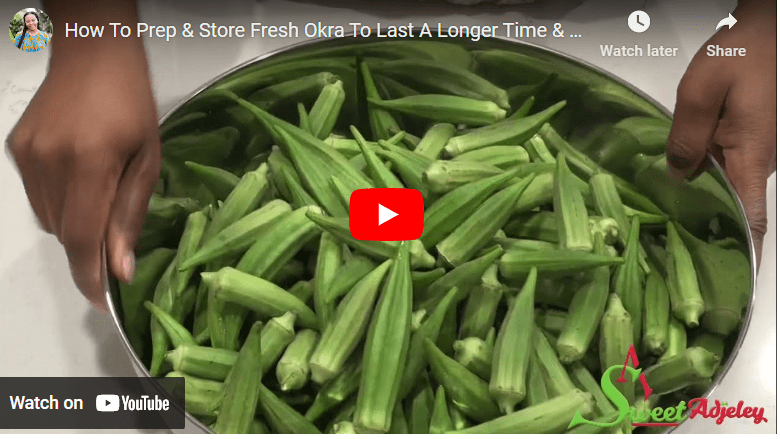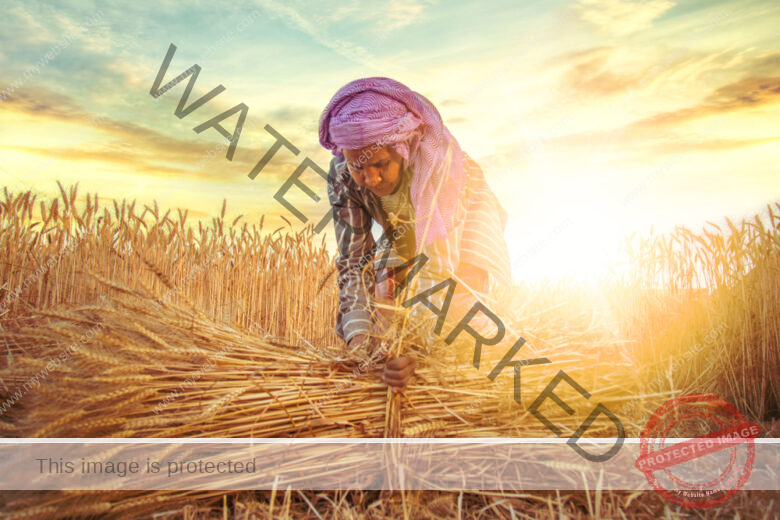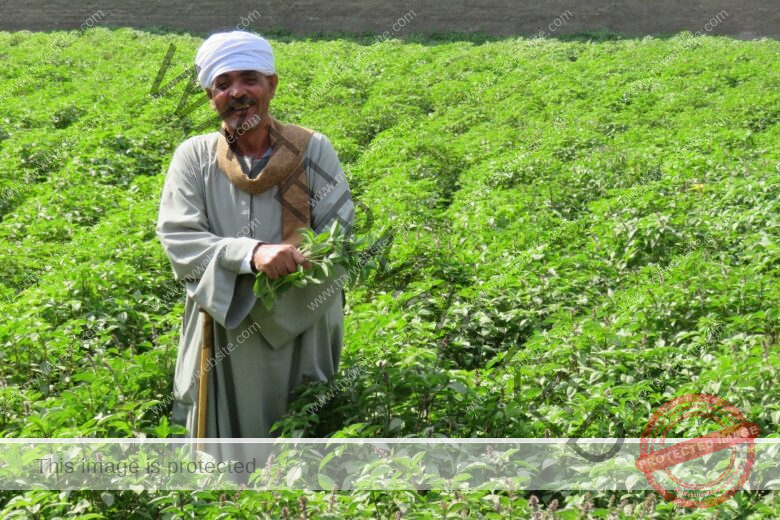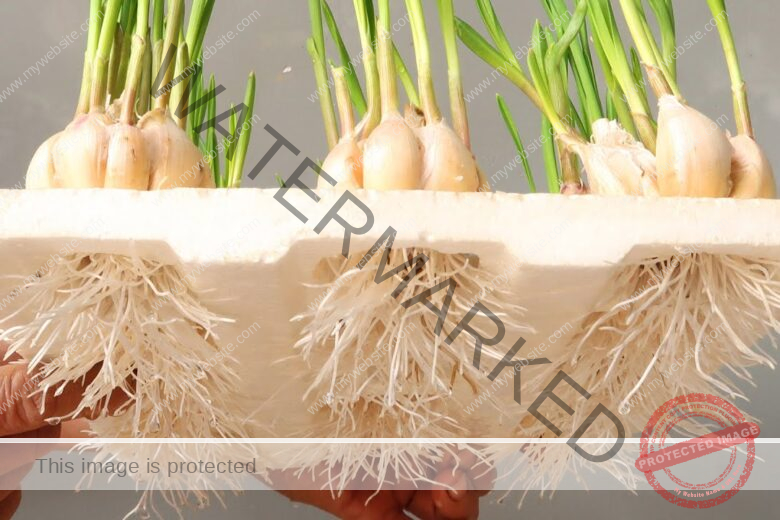Planting cinnamon in Zambia is a great way to add flavor and aroma to your meals. It’s also an easy and rewarding way to start a small-scale garden.
With the right steps, you can easily plant a Cinnamon seed or cutting in Zambia and have a thriving plant in no time.
This article will provide everything you need to know about planting cinnamon in Zambia, from the soil types that are best suited for growing cinnamon to the tools and techniques needed for successful cultivation.
With this information, you can easily begin your own cinnamon garden and enjoy its sweet flavors!
How To Grow Cinnamon In Zambia Step By Step Guide
Cinnamon is not commonly grown in Zambia, as it is a tropical plant that requires specific growing conditions.
However, it is possible to grow cinnamon in Zambia using specific cultivation techniques. Here are the steps to grow cinnamon in Zambia:
Read Also: [Beginners Guide] How To Grow Ceylon Cinnamon
Step 1. Choose The Right Variety
There are several varieties of cinnamon, but the most commonly grown in Zambia is Cinnamomum verum, also known as true cinnamon.
This is a high-quality variety with a delicate and sweet flavor that is highly prized in the culinary world.
When choosing cinnamon seeds or seedlings, make sure to select a reputable supplier. Look for a supplier who specializes in cinnamon and has a good track record of providing high-quality seeds or seedlings.
It’s also important to choose a variety that is well-suited to the local growing conditions in Zambia.
Read Also: [Beginners Guide] How to Grow Cinnamon at Home
Some other cinnamon varieties that may be suitable for growing in Zambia include Cinnamomum cassia, which is also known as Chinese cinnamon, and Cinnamomum loureiroi, which is also known as Saigon cinnamon.
These varieties are hardier than true cinnamon and may be more resistant to pests and diseases, making them easier to grow in some areas.
Step 2. Prepare the Soil
To prepare the soil for cinnamon planting in Zambia. First, you need to clear the area where you want to plant the cinnamon by removing any debris, weeds, and rocks.
Then loosen the soil using a hoe or plow to loosen the soil to a depth of at least 12 inches. This will help the cinnamon roots to penetrate the soil easily.
Read Also: [Beginners Guide] How To Grow Cinnamon Tree From Seed
Furthermore, add organic matter to the soil because cinnamon grows best in well-draining soil that is rich in organic matter. To the soil, add compost or finally-rotted manure, and thoroughly combine it. This will improve soil fertility and help retain moisture.
It is important that you also adjust soil pH because cinnamon prefers slightly acidic soil with a pH range of 5.5 to 7.0. You can adjust the soil pH by adding lime if the soil is too acidic or sulfur if it is too alkaline.
Lastly, make sure that you level the soil by smoothening out the soil surface with a rake to create a level planting bed.
Read Also: [Beginners Guide] How To Grow Cinnamon Basil
Step 3. Propagate the Cinnamon
Cinnamon can be propagated in Zambia by either seeds or cuttings. Cut healthy branches from a mature cinnamon tree. Each cutting should be about 6 inches long and have at least two nodes.
Prepare the cuttings by removing the leaves from the bottom half of each cutting. Dip the bottom of the cuttings in rooting hormone to encourage rooting.
Step 4. Plant the Cinnamon
Plant cinnamon seeds in a prepared seedbed. Dig a hole that is wide enough to accommodate the seedling or the root of cutting and place in the hole.
Read Also: [Beginners Guide] How To Grow Cinnamon Indoor
Cover the seedling or cuttings with a light layer of soil at the surface. Cover with a thin layer of organic matter such as leaf mold or compost, then firm up the planting area by digging in more compost or other organic material.
Plant several inches apart and keep soil moist until germination. Water regularly until the shoots reach about 1 foot tall.
Step 5. Provide the Right Growing Conditions
Cinnamon plants require warm temperatures (between 68-86°F) and high humidity. Also, they require some shade and defense against strong winds.
Read Also: [Beginners Guide] How To Grow Cinnamon In USA
Step 6. Water and Fertilize Regularly
Cinnamon is a very thirsty plant, so it’s important to give it the moisture it needs to thrive. If you live in a climate that does not gets too much rain or the soil gets too dry, your cinnamon will struggle and may not grow as well.
You can water your cinnamon plant once a week, but if you live in a very dry climate, you may want to water it more frequently. Look at the soil and make sure that it’s moist but not soggy.
Also, you can also use fertilizer on your cinnamon plants to help them grow faster and stronger. Follow the directions on the package when you buy the fertilizer, and make sure to use enough so that it doesn’t burn your plant (around 2 tsp per gallon of water).
Read Also: [Beginners Guide] How To Grow Cinnamon In UK
Step 7. Manage Pests and Diseases
Cinnamon plants in Zambia are vulnerable to a range of pests and diseases, including mealybugs and root rot.
Regularly inspect the plants for signs of damage and treat any problems promptly with organic pesticides or fungicides.
Step 8. Pruning
Prune back branches that are out of proportion with their own healthy growth to promote even development of the tree’s shape, and remove any dead wood or diseased wood near the base of the tree as soon as possible (twigs can be left on).
Read Also: [Beginners Guide] How To Grow Cinnamon in Uganda
Step 9. Control Weeds
In Zambia, weeds can quickly overtake cinnamon plants. Regularly weed around the plants to prevent competition for water and nutrients.
You can remove weeds by hand which is the safest method and especially for small scale farming.
Alternatively, you can make use effective herbicides especially for large-scale farming to kill weeds. If using chemicals, ensure you don’t use any that can kill the cinnamon plant.
Read Also: [Beginners Guide] How To Grow Cinnamon in South Africa
Step 10. Harvest The Cinnamon
Cinnamon trees typically start producing cinnamon bark after about 3-4 years. Harvest the cinnamon by cutting off the branches and removing the bark, then letting it dry in the sun for several days before using it.
Varieties of Cinnamon Grown in Zambia
Cinnamon is not traditionally grown in Zambia, but in recent years, some farmers have started experimenting with growing it.
The most common variety grown in Zambia is Cinnamomum cassia, which is also known as Chinese cinnamon.
Read Also: [Beginners Guide] How To Grow Cinnamon in South Africa
However, there are other varieties of cinnamon such as Cinnamomum verum or “true cinnamon” that could potentially be grown in Zambia as well.
Benefits of Growing Cinnamon in Zambia
There are several benefits of growing cinnamon in Zambia. Firstly, cinnamon has a high market value and demand globally, which could provide a lucrative income for farmers.
In addition, cinnamon has several health benefits, including anti-inflammatory and antioxidant properties, which could be used to produce herbal medicines or supplements.
Growing cinnamon could also diversify Zambia’s agricultural sector and provide an alternative crop for farmers.
Read Also: [Beginners Guide] How To Grow Cinnamon In Florida
Challenges of Growing Cinnamon in Zambia:
There are also several challenges associated with growing cinnamon in Zambia.
Cinnamon is not native to the country, which means that farmers will need to import the seedlings or seeds to get started.
Cinnamon requires specific growing conditions, such as well-draining soil and a humid climate, which may not be readily available in some parts of Zambia.
Furthermore, farmers will need to invest in equipment and infrastructure to process the cinnamon bark, which can be labor-intensive.
Read Also: [Beginners Guide] How To Grow Cinnamon in Ghana
Common Diseases and Pests of Cinnamon Plants in Zambia:
Cinnamon plants in Zambia may be susceptible to several diseases and pests, including leaf spot, powdery mildew, and root rot.
Pests such as spider mites, mealybugs, and whiteflies can also damage the plants.
Proper crop management practices, including regular inspections and treatments, can help prevent and control these issues.
Best time to Plant Cinnamon in Zambia
The best time to plant cinnamon in Zambia is during the rainy season, which typically runs from November to March.
This will provide the necessary moisture for the seedlings to establish themselves and grow.
Read Also: [Beginners Guide] How to Grow Cinnamon in Nigeria
However, it is important to note that cinnamon requires a humid climate throughout the year to thrive.
Where to Sell Cinnamon Plants in Zambia
Farmers can sell cinnamon plants in local markets or to international buyers. The global market for cinnamon is expanding, and there is a growing demand for organic and sustainably grown cinnamon.
Farmers can also explore the option of processing the cinnamon bark themselves and selling it as a value-added product.
Cost of Planting Cinnamon in Zambia
The cost of planting cinnamon in Zambia will depend on several factors, including the size of the farm, the cost of the seedlings or seeds, and the cost of labor and equipment.
However, farmers can expect to invest a significant amount upfront, as cinnamon requires specialized equipment for harvesting and processing the bark.
Read Also: [Beginners Guide] How To Grow Cinnamon In Zimbabwe
Best Practices of Growing Cinnamon in Zambia
To ensure the success of cinnamon farming in Zambia, farmers should follow best practices such as selecting high-quality seedlings or seeds, preparing the soil properly, providing regular irrigation and fertilization, and controlling pests and diseases.
Proper harvest and processing techniques are also essential to produce high-quality cinnamon bark.
More so, farmers should aim to use sustainable and environmentally friendly practices to minimize the impact on the ecosystem.
How to Grow Cinnamon in Zambia at Home
Growing cinnamon at home in Zambia is possible with the right growing conditions and techniques. Here are the steps to follow:
#1. Obtain Cinnamon Seedlings Or Seeds
Purchase cinnamon seedlings or seeds from a reputable nursery or supplier. If using seeds, soak them in water for a day or two before planting.
#2. Choose The Right Location
Cinnamon requires a warm and humid environment to grow. Pick a spot with well-draining soil that receives some shade. If growing indoors, ensure that the plant receives enough sunlight.
#3. Prepare The Soil
To increase the soil’s fertility and drainage, prepare the soil by adding compost or organic materials. Cinnamon prefers a slightly acidic soil with a pH of 5.5 to 7.0.
#4. Plant the Cinnamon
Plant the seedlings or seeds in the soil, ensuring that they are spaced at least 2 meters apart. Cover the seeds or seedlings with soil and water them thoroughly.
#5. Provide Regular Care
Cinnamon requires regular watering, fertilization, and pruning to promote healthy growth. Water the plants regularly and fertilize them with a balanced fertilizer every 3-4 months. Prune the plants to control their height and shape.
#7. Harvest the Cinnamon Bark
Cinnamon bark can be harvested after 2-3 years of growth. Cut the branches and remove the bark from them. Dry the bark in the sun or a dehydrator before using it.
Cinnamon Tree
The cinnamon tree, also known as Cinnamomum zeylanicum, is a tropical evergreen tree that is native to Sri Lanka but is now cultivated in other parts of the world, including Zambia.
The tree can grow up to 20 meters tall and has oval-shaped leaves and small yellow flowers.
How to Grow a Cinnamon Tree
Here are the steps to follow to grow a cinnamon tree:
#1. Obtain Cinnamon Seedlings or Seeds
Purchase cinnamon seedlings or seeds from a reputable nursery or supplier. If using seeds, soak them in water for a day or two before planting.
#2. Choose the Right Location
Cinnamon trees require a warm and humid environment to grow. Pick a spot with well-draining soil that receives some shade. If growing indoors, ensure that the plant receives enough sunlight.
#3. Prepare the Soil
To increase the soil’s fertility and drainage, prepare the soil by adding compost or organic materials. Cinnamon trees prefer a slightly acidic soil with a pH of 5.5 to 7.0.
#3. Plant the Cinnamon
Plant the seedlings or seeds in the soil, ensuring that they are spaced at least 2 meters apart. Cover the seeds or seedlings with soil and water them thoroughly.
#4. Provide Regular Care
Cinnamon trees require regular watering, fertilization, and pruning to promote healthy growth. Water the plants regularly and fertilize them with a balanced fertilizer every 3-4 months. Prune the trees to control their height and shape.
#5. Harvest the Cinnamon Bark
Cinnamon bark can be harvested after 2-3 years of growth. Cut the branches and remove the bark from them. Dry the bark in the sun or a dehydrator before using it.
Conclusion
Although cinnamon is not commonly grown in Zambia, however, it is still possible to grow the plant in the country. These steps will help you to successfully grow cinnamon in Zambia. However, it is important to note that cinnamon cultivation in Zambia is not a common practice, and specific growing conditions must be met for successful growth.
